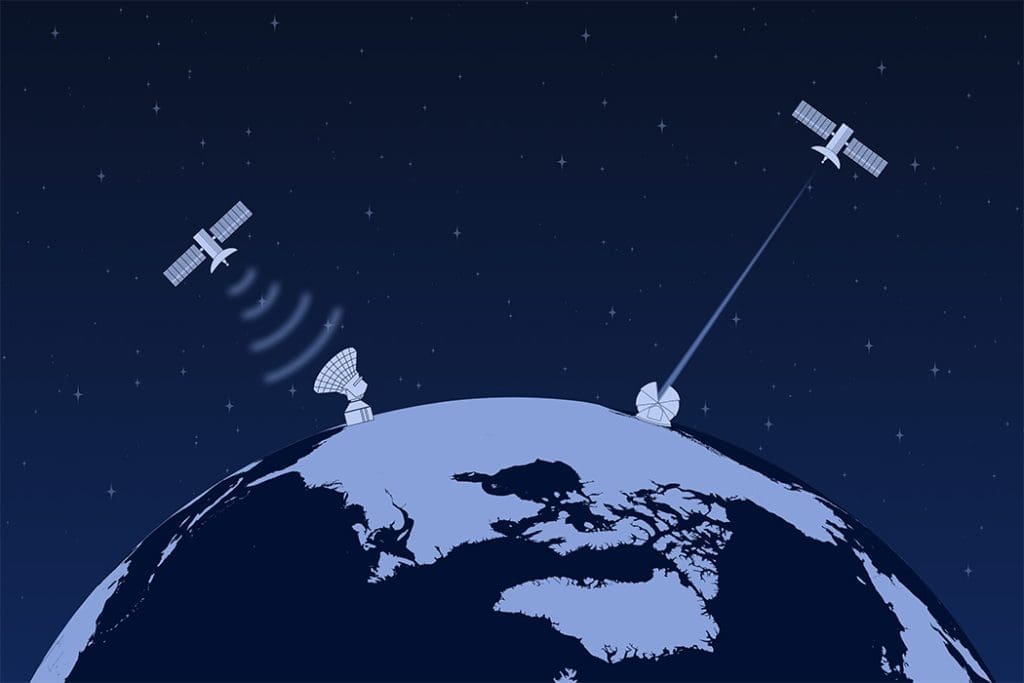🇸🇪 Optical technology revolutionizing space communications

We are building a new generation of ground stations. With optical technology, we take satellite communications to a whole new level of efficiency.
”Laser communication from space to ground is a cutting-edge technology that will bring significant improvements both regarding data rates but also as a more secure and license-free means of satellite communication. It is a super exciting field of development and fantastic to get to take part in the enabling of this new space technology”, says Hanna Sundberg, SSC Lead System Architect Optical Communications and Project Manager for the NODES project.

Optical ground stations (OGS) are using telescopes, not antennas. Instead of radio waves (RF – Radio Frequency) for data transfers between satellites and ground stations optical technology uses light. A laser beam is much narrower and can handle much more data, due to the higher frequency of the signal. With the wide traditional RF, there are greater risks of disturbances.
There are, however, some challenges. For example, laser is stopped by clouds. The solution is to spread out the optical stations around the world. RF antennas can be used as a complement.
The first OGS will be placed in Western Australia (WASC) this year. The dome has already been installed and the optical system will be integrated into the station in the autumn. The second OGS is also in manufacturing and will be established in Santiago, Chile, towards the end of the year. Additional optical ground stations will be added to our global network to provide a full optical data service when the concept is proven.
NODES (Network of Optical Stations For Data Transfer To Earth From Space) is an ESA project under the ARTES Scylight program, with financial support by SNSA (Swedish National Space Agency). The target is to develop and demonstrate an optical ground network and corresponding service to enable optical space communications as a future complement to SSC’s existing RF data reception service. The service is addressing LEO satellites and will help improve our understanding of the Earth, as more and better data will be able to be transferred with low latency.
We will continue with the service development while conducting tests and demonstrations with the newly installed stations during the coming year.
Working with a technology under development comes with a lot of challenges. Only a few satellites are currently equipped with laser terminals for space-to-ground communication. Communication protocols are in development and standards are not yet in place. The demand is increasing as the need is growing to solve data transfer limitations from space to ground in a secure and power-efficient way.
“Expectations are high. We get many questions about the project and its procedure. This is the future”, says Hanna.
